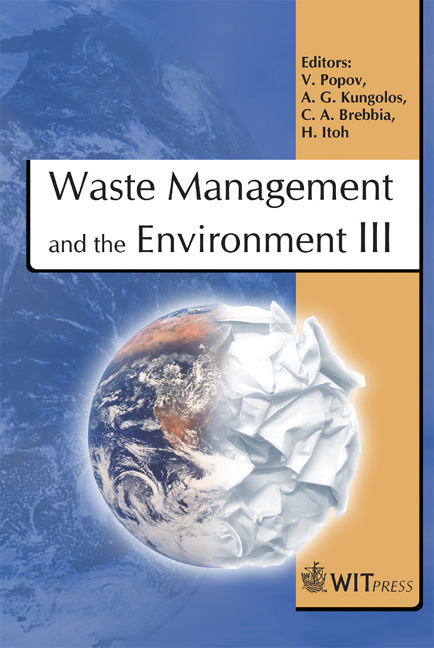Air Pollution Impacts From Open Air Burning
Price
Free (open access)
Transaction
Volume
92
Pages
9
Published
2006
Size
1,244 kb
Paper DOI
10.2495/WM060471
Copyright
WIT Press
Author(s)
B. Sivertsen
Abstract
As part of the air quality monitoring and assessment, emissions from the open air burning of waste and biomass have proven important sources of impact on the population exposure. The emissions of a variety of air pollutants from different types of open-air burning have been evaluated. Simple model estimates are used to estimate the impact in areas downwind from backyard burning. Different models have been used to estimate the importance of impact and the reasons for odours detected downwind from waste dumping areas. Data from Cairo and other major cities have been used to estimate the impact of emissions from agricultural waste burning. In several urban areas especially in developing countries the contribution to the PM exposure has been demonstrated to range between 30 and 50% dependent upon weather conditions. The design and application of combined monitoring programmes and models may be part of the systematic evaluation of impacts and optimal control of the sources. Keywords: air pollution, waste burning. 1 Introduction Waste is a growing environmental, social and economic issue for all modern economies. Waste volumes are increasing at rates equalling and sometimes outpacing economic growth. The way that waste is generated and handled has an impact on everyone, from individual citizens and small businesses to public authorities and international trade. The generation of more and more waste is a symptom of inefficient use of resources, which should actually have been utilised in a better way as a resource for energy and materials. The air pollution generated from waste causes impacts felt by a large part of the population living in and around major urban areas. The pollutants are partly emitted due to leakages and evaporation of gases causing
Keywords
air pollution, waste burning.





